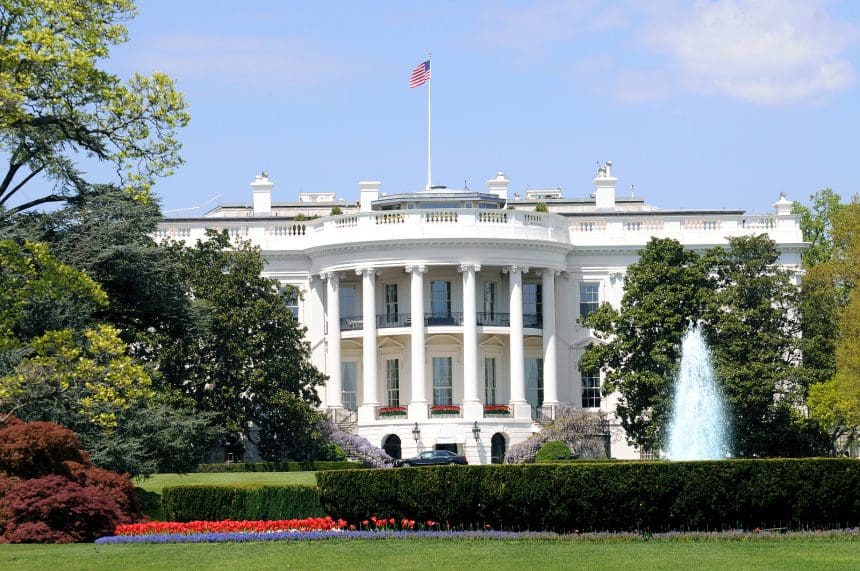President Trump’s Tough Balancing Act: Defending America While Avoiding War
ST. LOUIS, MO (STL.News) – When Donald J. Trump launched his 2016 presidential campaign, one of the key pillars of his platform was to end America’s “endless wars.” His “America First” foreign policy aimed to prioritize the interests of U.S. citizens, rebuild the military while avoiding entanglement in global conflicts, and restore a sense of sovereignty to U.S. decision-making on the world stage. This message resonated with millions of voters across the country who were weary of decades-long military commitments in Iraq, Afghanistan, and elsewhere.
Yet, despite this intention, President Trump’s time in office was marked by several military actions and a continued U.S. presence in global hotspots. Critics often point to these actions as contradictions. Still, a deeper analysis reveals that Trump’s presidency was defined by difficult choices, unprecedented global crises, and inherited obligations that could not be ignored. The reality of governing a global superpower is far more complex than campaign rhetoric—and Trump’s foreign policy decisions must be understood in that context.
Inheriting a World on Fire
When Trump entered office in January 2017, the world was already riddled with instability. The Middle East remained a tinderbox, North Korea was actively testing nuclear weapons, and China’s military expansion in the South China Sea had alarmed U.S. allies and strategic planners alike. Iran, emboldened by what many believed was a lopsided nuclear deal under the Obama administration, continued to fund proxy wars and terrorist groups across the region.
President Trump did not create these problems—he inherited them. What critics often fail to acknowledge is that these global threats were allowed to fester for decades under both Republican and Democratic administrations. The cost of inaction was becoming higher by the day.
Avoiding war is an admirable goal. But ignoring aggression, terrorism, and growing threats to national security is not leadership—it is negligence. Trump understood this. His administration was forced to walk a tightrope between preserving peace and deterring global adversaries from exploiting American restraint as a sign of weakness.
Peace Through Strength: A Reaganesque Strategy
Rather than pursuing regime change wars or large-scale invasions, President Trump adopted a doctrine best described as “Peace Through Strength.” This approach focused on projecting power to deter adversaries, while avoiding the kind of prolonged military entanglements that drained American resources and morale in the past.
A clear example of this came in 2020, when Iranian General Qassem Soleimani—one of the region’s most dangerous terrorist masterminds—was eliminated in a precision drone strike. Critics feared the strike would lead to all-out war with Iran. Instead, it sent a strong message: American lives and interests are not to be threatened with impunity.
Similarly, Trump’s approach to North Korea broke from decades of failed diplomatic stagnation. He became the first U.S. president to meet face-to-face with North Korean leader Kim Jong-un, opening a channel of communication that temporarily cooled tensions. Though the denuclearization goals were not fully realized, the period of Trump’s diplomacy marked a relative lull in North Korea’s missile provocations compared to previous years.
Redefining NATO and Demanding Accountability
Trump also challenged the status quo with America’s allies, especially NATO. For decades, U.S. taxpayers shouldered a disproportionate burden of defense spending for member nations. Trump unapologetically demanded that NATO members pay their fair share—a position that was controversial abroad but widely supported by Americans who had grown tired of footing the bill for global defense.
While mainstream media criticized this stance as “damaging alliances,” the facts show that NATO members increased their defense spending by over $130 billion during Trump’s presidency. Rather than undermining NATO, he forced it to evolve and become more balanced. It was a difficult but necessary correction to a long-ignored issue.
No New Wars—A Rare Presidential Achievement
Perhaps one of the most overlooked facts about the Trump presidency is this: he did not start any new wars. In the post-9/11 era, that distinction is significant. Every president since George W. Bush has overseen new military campaigns—until Trump.
His administration prioritized withdrawing troops from conflict zones. He significantly reduced U.S. troop levels in Afghanistan, Iraq, and Syria, to bring them home responsibly without creating a vacuum for terrorists to regroup. While complete withdrawal wasn’t achieved during his first term, his strategy laid the groundwork for a reduced military footprint abroad.
A President Bound by Reality
It’s easy to judge a leader’s foreign policy from afar, but the decisions made in the Oval Office are based on classified intelligence, real-time threats, and complex geopolitical calculations. Trump’s critics often accused him of being impulsive, but in reality, many of his actions were restrained responses to hostile moves by adversaries.
For instance, despite having multiple opportunities to escalate military conflict with Iran or China, Trump opted for sanctions, tariffs, and diplomatic pressure over war. These tools were aggressive but calculated—designed to force behavior change without resorting to full-scale conflict.
In the case of Syria, when the Assad regime used chemical weapons on civilians, Trump launched a limited missile strike that destroyed airfields used for those attacks. It was a proportional response intended to enforce international norms without dragging the U.S. into a prolonged ground war.
Global Crises Demand Leadership, Not Isolation
The belief that the U.S. can withdraw from world affairs and enjoy peace is naïve. As the world’s leading economic and military power, the United States plays a central role in maintaining global order. Whether it’s protecting vital trade routes, ensuring nuclear non-proliferation, or preventing genocides, the U.S. cannot afford to sit on the sidelines.
Trump recognized that the U.S. had been overextended, taken advantage of, and often involved in conflicts with no clear objectives. But he also understood that a complete retreat would invite chaos and embolden America’s enemies. His foreign policy attempted to recalibrate that balance—engaging when necessary, but with a clear strategic purpose.
A President Under Siege
It’s also worth noting that Trump’s presidency was constantly under siege—from impeachment proceedings to media attacks and internal leaks. These distractions made it extraordinarily difficult to implement a cohesive foreign policy agenda. Yet, despite these obstacles, Trump managed to broker historic peace agreements in the Middle East, including the Abraham Accords, which normalized relations between Israel and several Arab nations—a breakthrough few thought possible.
This achievement alone would have earned any other president the Nobel Peace Prize. Instead, it was largely ignored by the media. Domestic controversies and partisan narratives often overshadowed Trump’s foreign policy successes.
Conclusion: A President Who Faced Reality
President Trump’s promise to avoid unnecessary wars was sincere. But as Commander-in-Chief, he faced a world far more dangerous and unstable than any campaign trail could capture. His decisions were not always popular or traditional, but they were made in the interest of protecting American lives, securing the nation’s global position, and addressing years of neglected threats.
To stay out of war entirely is a luxury few presidents can afford. Trump, like any leader, was bound by the weight of reality. He may not have pleased everyone, but his record shows a leader who sought to keep America safe without sacrificing its strength.
Disclaimer: This article is a commentary intended for informational and editorial purposes. It reflects a perspective on foreign policy and does not constitute an endorsement or official statement by STL.News.
© 2025 STL.News/St. Louis Media, LLC. All Rights Reserved. Content may not be republished or redistributed without express written approval. Portions or all of our content may have been created with the assistance of AI technologies, like Gemini or ChatGPT, and are reviewed by our human editorial team. For the latest news, head to STL.News.






